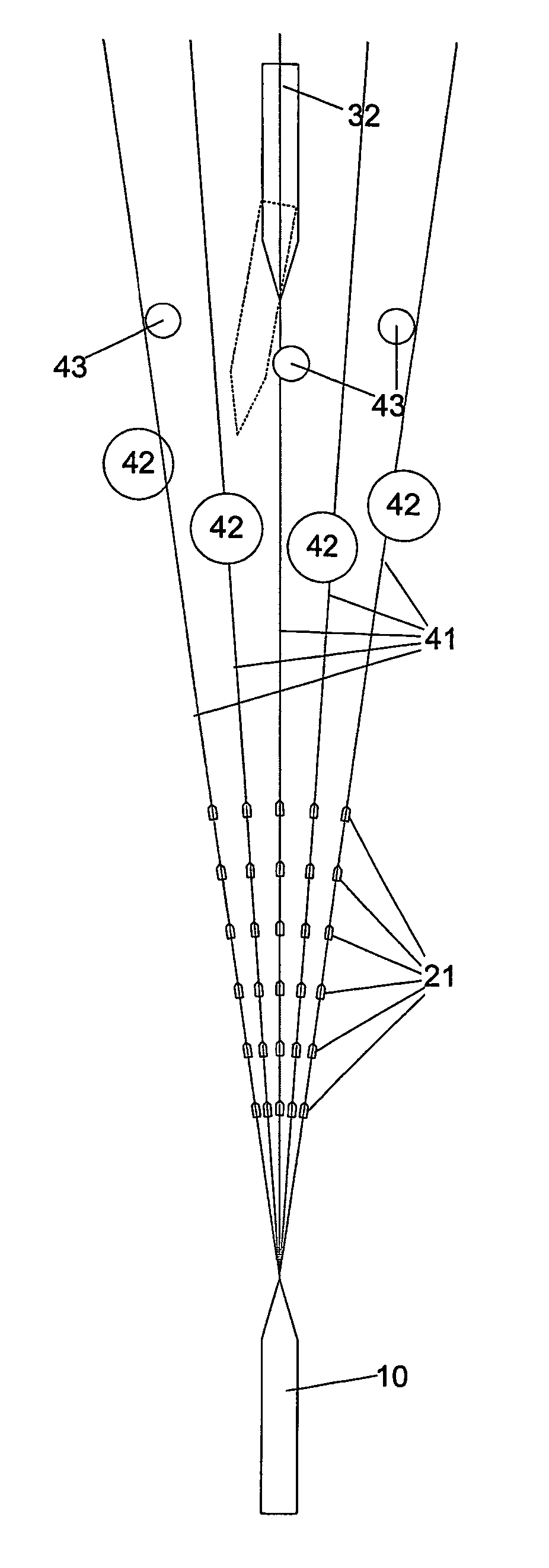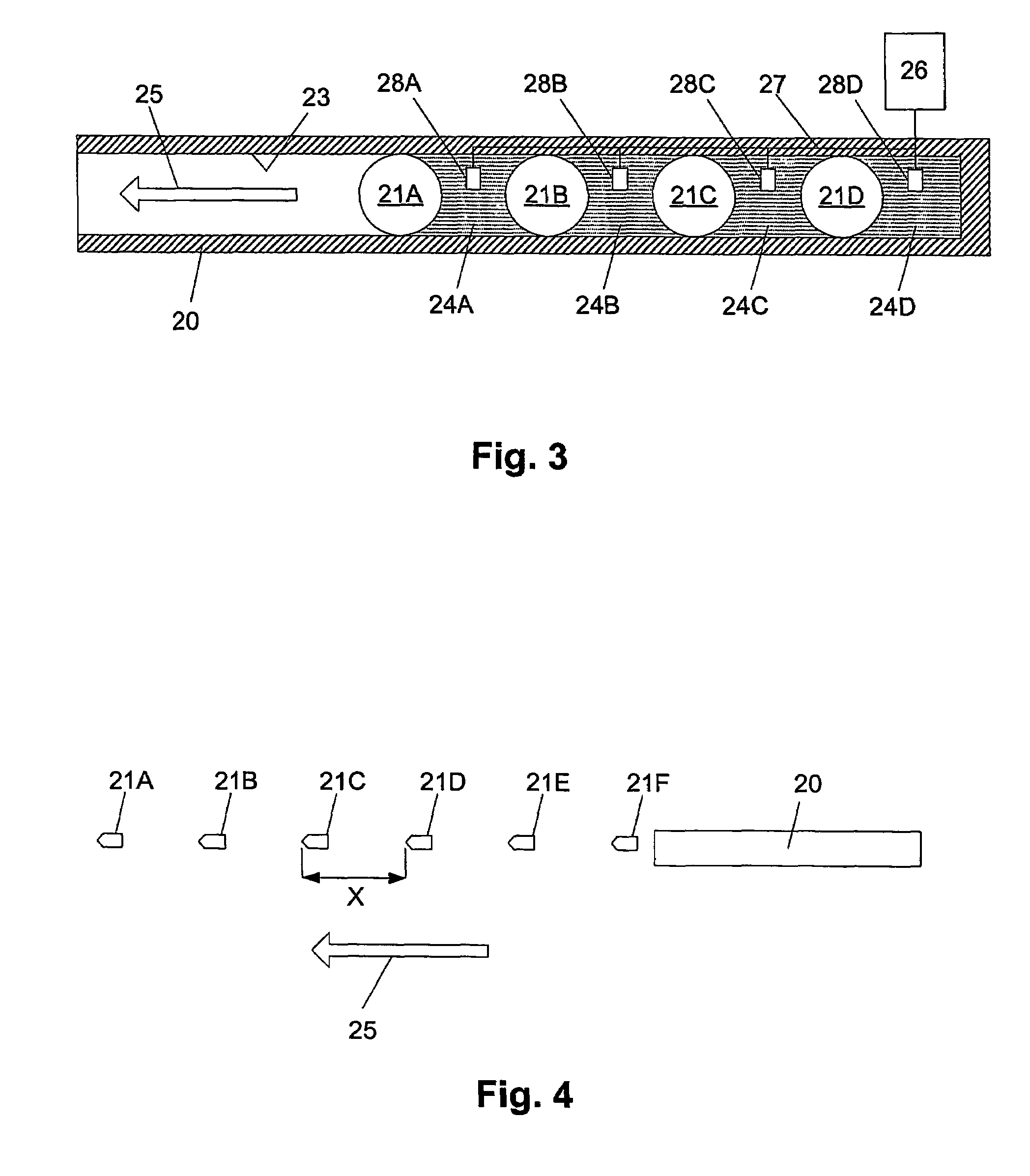Target interception
a target and interception technology, applied in the direction of firing/trigger mechanisms, ammunition in cartridges, launching weapons, etc., can solve the problems of difficult tracking of incoming missiles to within hit-to-kill margin of error, and the effectiveness of vehicle cross-sectional area is increased, and the effect of increasing the effective cross-sectional area
- Summary
- Abstract
- Description
- Claims
- Application Information
AI Technical Summary
Benefits of technology
Problems solved by technology
Method used
Image
Examples
Embodiment Construction
[0152]An example of a kill vehicle suitable for intercepting targets, such as other missiles, will now be described with reference to FIG. 2.
[0153]Kill vehicles may come in any one of a number of forms, depending on the circumstances in which the kill vehicle is to be used. Thus, for example, the kill vehicle could be adapted to be used above the earth's atmosphere in orbital applications, for example to intercept targets such as ICBMs. In this case, the kill vehicle will generally be launched into orbit by appropriate rocket systems, such as a missile, or the like, and then deployed into orbit ready for subsequent use. Alternatively, the kill vehicle may be integrated into a missile, allowing the missile to deploy projectiles, as will be described below.
[0154]An example of a typical kill vehicle construction is shown in FIG. 2. In this example, the kill vehicle 10 includes a body 11 having a generally cylindrical shape defining a body axis 12. The body generally includes a propulsi...
PUM
 Login to View More
Login to View More Abstract
Description
Claims
Application Information
 Login to View More
Login to View More - R&D
- Intellectual Property
- Life Sciences
- Materials
- Tech Scout
- Unparalleled Data Quality
- Higher Quality Content
- 60% Fewer Hallucinations
Browse by: Latest US Patents, China's latest patents, Technical Efficacy Thesaurus, Application Domain, Technology Topic, Popular Technical Reports.
© 2025 PatSnap. All rights reserved.Legal|Privacy policy|Modern Slavery Act Transparency Statement|Sitemap|About US| Contact US: help@patsnap.com



